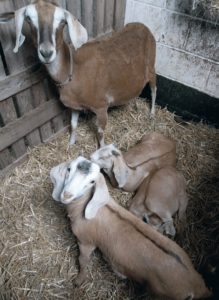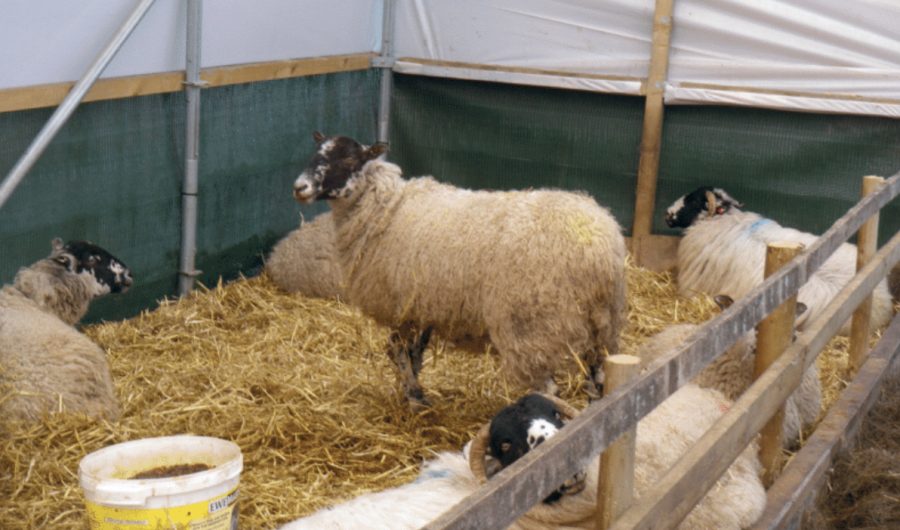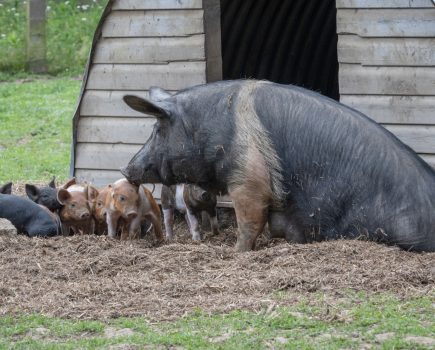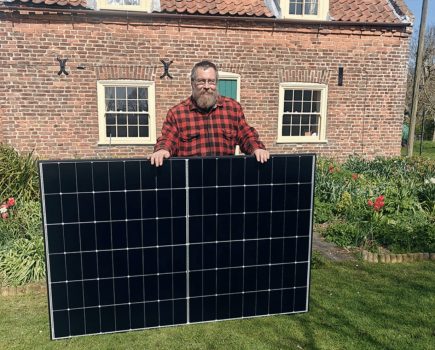Mike Rauch, MRCVS from Westpoint Farm Vets, Horsham explains what you can do to make the colder days less of a threat to your livestock.
As the temperature drops and the sun seems to hide from existence, new challenges must be addressed to ensure our animals remain healthy and comfortable.
Nutrition, while an important topic throughout the entire year, becomes even more relevant as the weather gets colder. It is estimated that our farm animal species require 25% – 50% more energy during winter as compared to warmer months due to the increased energy requirements to maintain body heat.
To accommodate this, it is important to be feeding a balanced feed for the appropriate species as well as high quality hay and roughage. Most animals also require supplemental trace minerals such as copper, cobalt, selenium, phosphorus, iodine, and zinc. Trace mineral deficiencies can cause animals to be more prone to secondary diseases and infections and shouldn’t be overlooked. However, waiting until late December to start increasing feeding amounts may be too late, as we should really be meeting these increased demands in the months leading up to winter in preparation.
To ensure we are feeding enough, Body Condition Scoring (BCS) may be performed on your animals to track which ones may be on the thinner side and needing supplementation. On a one through nine Body Condition Scoring scale, animals require 30% more energy per decrease in BCS just to maintain their current body weight. It is also important to perform regular health screening check so ensure our thinner animals do not have any underlying diseases.
This may include regular Fecal Egg Counts (FEC), mobility scoring and foot trimming, if required, and treatment of any chronic issues that an animal may be dealing with. Waiting until the thick of winter to buy hay and feed could also prove costly. Plan ahead by stockpiling feeds and buying early.
WATER, WATER EVERYWHERE, MAKE SURE THERE IS SOME TO DRINK!
We all know water is important, however dehydration and lack of adequate drinking water during winter is one of the leading causes of disease in our livestock species. In the months leading up to the colder weather, it is a good idea to be checking our animals’ water supplies. This includes the pipes and plumbing, the troughs themselves, and any insulation associated with our watering systems. When the temperatures drop below freezing, it is important that we are breaking away any ice formation throughout the day to ensure free access to drinking water. This also means that we as animal caretakers need to make sure we have access to these troughs.
Spreading sand out over high foot-traffic areas can limit ice formation on the ground and allow us access to our animals. It’s also never too early to be checking our own winter clothing – proper boots, gloves, jackets, and headwear ensure we can also brave the elements and continue caring for our animals.

IT’S COLD OUTSIDE, COME INDOORS AND KEEP WARM AND DRY
Proper housing during the colder months is essential. While some of our healthier animals may be bred for the colder climate, it is still important that we are providing covered housing and shelters.These barns or windbreaks not only allow animals to stay warm, but also keep them dry and out of the elements. When keeping animals in barns, whether part of the day or entirely, it is important we are providing clean and sufficient bedding. This straw bedding should be replaced regularly.
With the grouping and crowding of animals comes the risks of respiratory disease, and any outbreaks of coughing should be treated immediately in accordance with a veterinarian’s recommendations. Adequate ventilation can assist in preventing respiratory issues in our animals. Monitoring for external parasites is equally important by watching for scratching or hair loss. While heat lamps may be needed in specific situations, such as when we have newborn piglets or a new cria (young alpaca), most of the time these electrical heaters are a fire hazard and should be avoided. While caring for animals during the colder winter months may seem a daunting task, have hope – spring is just around the corner!
This article originally appeared in the November 2023 issue of The Country Smallholder magazine. To receive regular copies of The Country Smallholder magazine featuring more articles like this, subscribe here.
For FREE updates from the world of smallholding, sign up for The Country Smallholder newsletter here.








